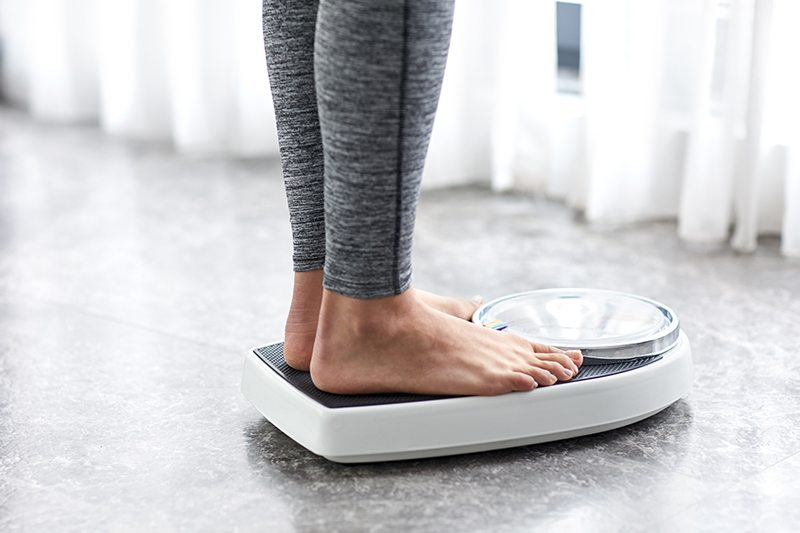
Jun 29, 2017 | News
A mainly sedentary lifestyle can contribute to the pain and appearance of varicose veins. One of the best ways to improve them is to participate in an exercise program that improves circulation without putting too much stress on your legs and helps with maintaining a healthy weight. Sports and exercising prevent varicose veins so get up and start moving.

Do get out and walk! Walking is probably one of the most important and recommended exercise for varicose vein sufferers, as it is fairly gentle on your legs while promoting circulation. So instead of just grabbing the mail, walk around the block and get your body moving!

Don’t jog or run on hard surfaces. The literal “pounding the pavement” can stress the legs, causing swelling of varicose veins. Instead, try a gentle jog on an even, softer surface such as grass.

Do get in the water! Swimming is a great low-impact exercise that can further develop your calf muscles and aid in improving circulation. This exercise can be done at any level and is great for summer fun.

Don’t participate in high-impact exercise. Heavy weightlifting, while a great workout, can be dangerous for a varicose vein sufferer, as it can put too much strain on the veins of your legs. Using lighter weights with fewer repetitions may be an option if weightlifting is something you love to do. Other such exercises include squats, lunges, and even yoga. Any exercise that increases abdominal pressure can increase leg vein pressure, leading to pain and swelling of varicose veins.

Do get out and bike! Cycling, like walking and swimming, is an ideal low-impact activity that improves circulation while building and strengthening leg muscles. Take a family bike ride in your neighborhood or bring your bike to the park to see more wildlife.

Don’t participate in contact sports. In sports such as football, rugby, and even tennis and skiing. The high probability of injury and sudden, quick movement can be counterproductive to leg vein health.

Starting with walking, cycling, or swimming for 30 minutes a day is a great way to alleviate the pain and appearance of varicose veins.
For more information about your vascular health, contact NJVVC today!

Jun 14, 2017 | News
There are a variety of factors that make a person more susceptible to developing varicose veins. Age, weight, gender, and genetics are some of these, but your occupation may actually be the main culprit of varicose veins. Any job that requires prolonged periods of standing and sitting put you at risk for varicose veins. Some of these occupations include:
- Retail and hospitality
- Healthcare
- Administration and IT
- Hairdressing and barbering
- Truck driving
- Teaching
These are only a few of the examples of the types of jobs that may lead to the development of varicose veins. So, what can be done about it? Fortunately, there are many ways to reduce your risk.

Move!
Exercise is vital in maintaining vascular health by helping to keep weight down and blood flowing. If you work behind a desk all day, try taking a walk on your lunch break or taking the stairs instead of the elevator on your way up to the office.

Kick your heels up
It is also important to rest and elevate your legs when you can. Standing behind a cash register all day can take a toll. Break times should be spent with your legs up whenever possible.

Compression
Compression stockings can aid in keeping blood from pooling in your legs. Commercial drivers may find these especially helpful when time and space are limited.
Taking precautions to prevent varicose veins is crucial. While most of the time they do not cause any long-term medical issues, they can be painful and require surgical intervention. For more information, call a vascular health specialist today.


























